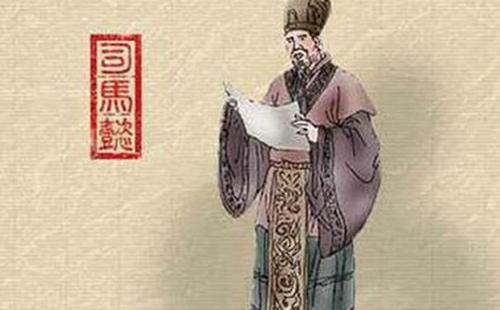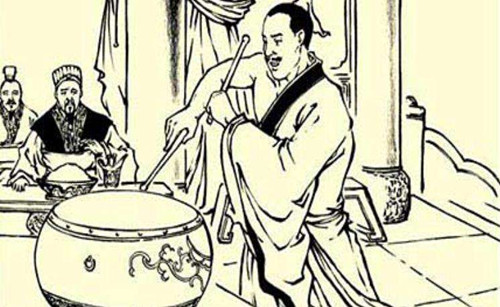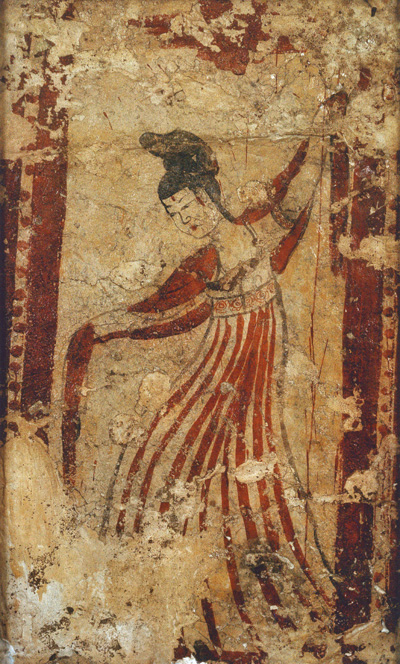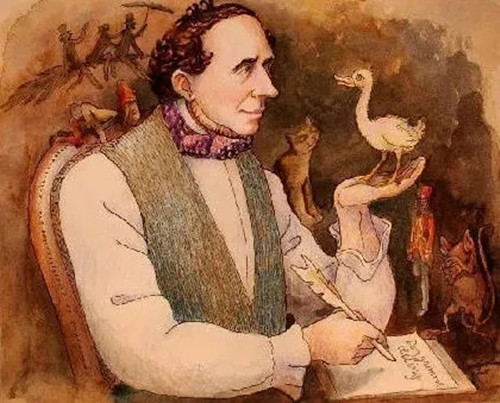试论东亚古代铜镜铸造技术的两个传统
白云翔分享
108094
关键词: 东亚 铜镜 青铜铸造 陶质镜范 石质镜范
KEYWORDS : East Asia Bronze Mirrors Bronze Founding Pottery Molds Stone Molds
ABSTRACT: In East Asia , the technique of casting bronze mirrors with stone molds first emerged in present-day Gansu-Qinghai area at the upper reaches of the Yellow River no later than the beginning of the 2nd millennium BCE. Since then , this technique diffused eastward along the zone on both sides of the later Great Wall into Northeast China , Korean Peninsula and Kyushu region in present-day Japan and formed the tradition of stone mold-casting technique of bronze mi rrors. In Japan , this technique lasted to the 3rd century CE. The technique of casting bronze mir rors with pottery molds emerged around the 9th century BCE in the core area of the domain of the Western Zhou Dynasty , i.e . the Shaanxi Plain, the western Henan and southern Shanxi Provinces , and got mature at least in the end of the third centuryBCE , which was the turn of the Qin and Han Dynasties ; after that , this technique quickly spread to Northeast China , Korean Peninsula , and diffused into Japan Archipelago and finally ended East Asia’ s tradition of stone mold- casting technique of bronze mirors at the beginning of the third century CE.
众所周知,铜镜作为古代人们的照容用具 ,在东亚地区有着悠久的历史。中国新石器时代末期齐家文化铜镜的发现表明,早在大约公元前2000年前后, 人们就开始了铜镜的制作和使用。后来经过缓慢的发展 ,到公元前5世纪前后 ,铜镜开始步入快速发展时期, 逐步成为古代人们的日常生活用品,直到19世纪随着玻璃镜的逐步普及才退出历史舞台。正因为如此,关于古代铜镜的研究历来为东亚考古学家所关注,并且取得了丰硕的成果。
关于古代铜镜的研究,并不仅仅限于铜镜的形制、镜背花纹和铭文, 还包括铜镜的制造技术, 尤其是铸造技术, 因为它是铸造而成的。因此,关于铜镜铸造技术的研究,对于探索铜镜的起源、发展、演变及其扩展等,都具有重要的意义。正因为如此,关于铜镜铸造技术的研究,是学术界长期以来的一个重要研究课题,并且不断取得进展。就铜镜的制造工艺来说, 其基本的工艺流程是: 制范 → 浇注 → 铸件细加工,其中铸范的制作和使用最为关键。基于这样的认识,这里从对考古发现的铜镜铸范的梳理和分析入手,就东亚地区古代铜镜铸造的技术传统及其演变进行简要的分析和讨论。
一、 陶质镜范的发现与陶范铸镜传统
陶质镜范是指用泥土作原料、制作成型后用火烘烤或焙烧的铜镜铸范 ,也包括未经……
原文发表在《考古》2010第2期
全文阅读请点击
(责任编辑:孙丹)





